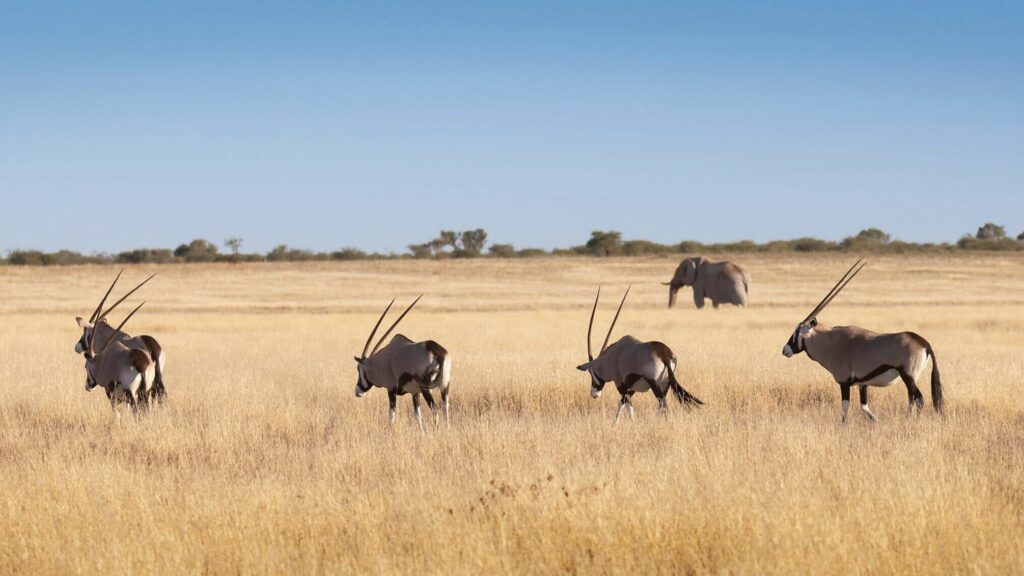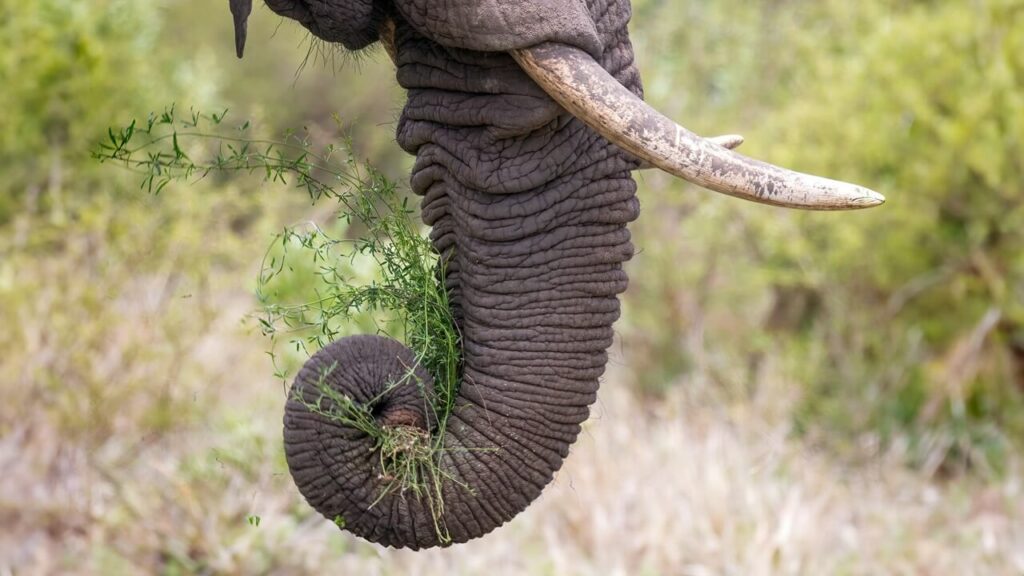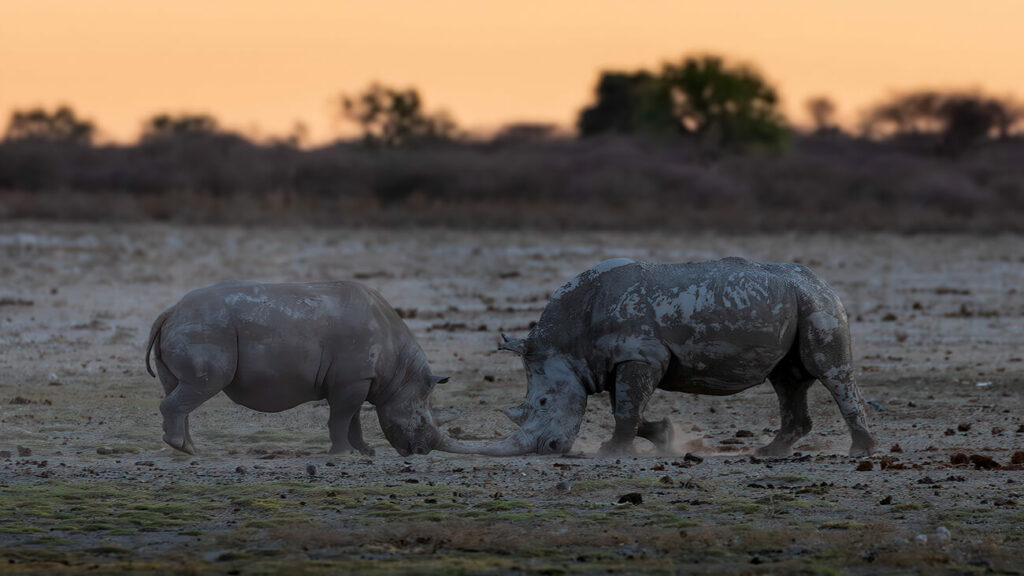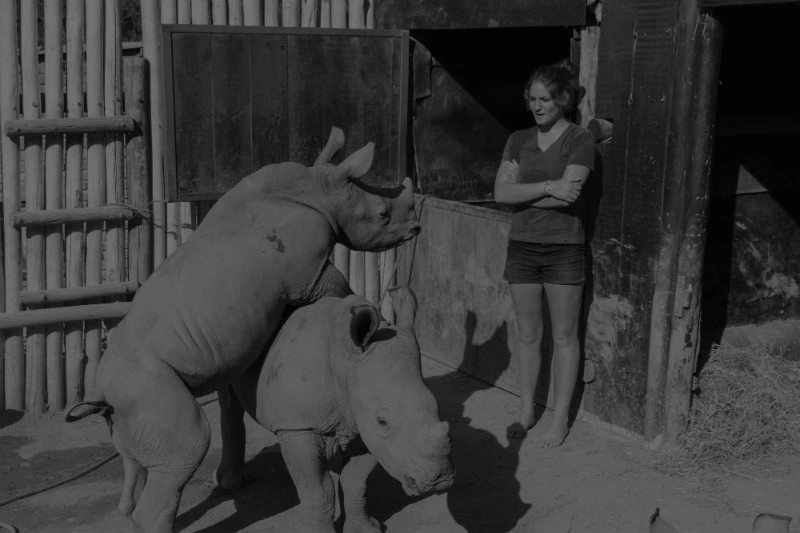Pangolin vs Armadillo: The Mysteries of Armored Mammals
Pangolin vs Armadillo: Unraveling the Secrets of Armored Animals
Pangolin vs armadillo – They might look like long-lost cousins, but beneath their protective shells lies a world of remarkable differences. As someone fascinated by wildlife, I often find myself comparing these unique creatures. Let’s embark on an analytical journey to explore their distinct origins, armor, diets, habitats, and the conservation challenges they face.
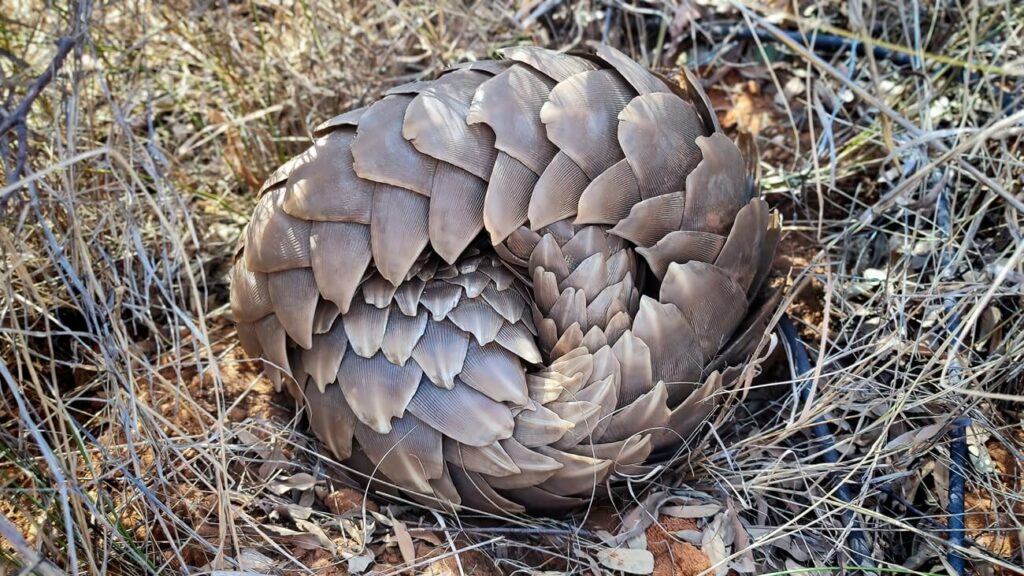
Pangolin in a defensive ball at Khamab Kalahari Reserve
The Armor Conundrum: Scales vs. Plates
Both pangolins and armadillos possess armor, but the materials and functions differ. Pangolins are clad in large, overlapping scales made of keratin – the same tough protein that forms our fingernails. These scales act as an almost impenetrable shield against predators like lions, leopards, and hyenas. When threatened, a pangolin will curl into an incredibly tight ball, presenting a fortress of sharp scales.
Armadillos, on the other hand, have bony plates called osteoderms, covered in a thin layer of skin and keratin. These plates form a more flexible armor that still offers substantial protection against thorns, underbrush, and smaller predators. Interestingly, some armadillo species, like the famous three-banded armadillo, can also curl into a protective ball, mimicking the pangolin’s tactic.
Pangolin vs Armadillo: A World Apart
Geography offers another crucial distinction when looking for comparing pangolin vs armadillo. Pangolins are found in the tropical and subtropical regions of Africa and Asia, and Sub-Saharan Africa. There are currently eight known pangolin species (a potential ninth might exist based on genetic sampling from the seizure of scale), all facing varying degrees of threat due to the illegal wildlife trade for their scales and meat. This makes them the world’s most trafficked mammals.
Armadillos hail from the Americas, ranging from the southern United States down to Argentina. With over 20 species, these adaptable creatures thrive in various habitats, from deserts to rainforests. While some armadillo species might face localized threats, their overall conservation status isn’t nearly as dire as that of pangolins.
Digging into Diets: Insectivores vs. Opportunists
When it comes to mealtime, our questions of pangolin vs armadillo shows that they couldn’t be more different. Pangolins are the ultimate ant and termite specialists, earning them the nickname “scaly anteaters.” They possess incredibly long, sticky tongues that reach deep into insect nests and mounds. Armed with powerful claws for ripping into mounds and nests, a hungry pangolin is an ant’s worst nightmare.
Armadillos prefer a more varied menu. Insects like ants, beetles, and grubs form the backbone of their diet. However, armadillos are true omnivores, meaning they won’t hesitate to scavenge carrion, snack on small vertebrates like snakes and frogs, or even munch on some plant matter if the opportunity arises.
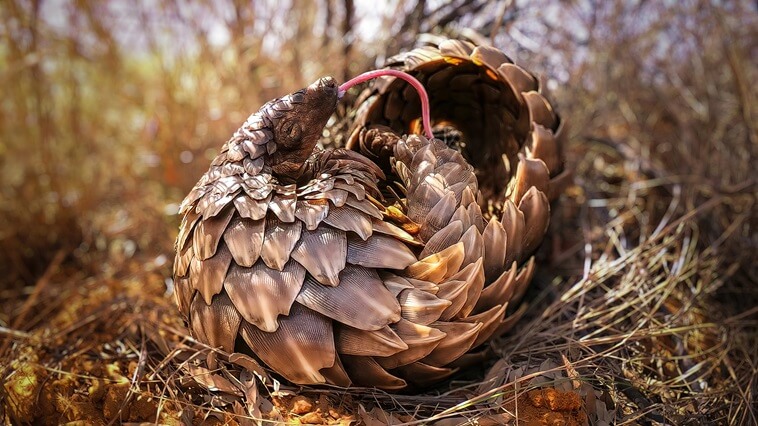
Pangolin yawning at Khamab Kalahari Reserve
Defense Mode: Curling Up or Burrowing Down
Facing danger, pangolin vs armadillo showcase fascinating defense strategies. Pangolins are famously known for their ability to curl into a near-impervious ball, safeguarding their vulnerable undersides with their razor-sharp scales. Some pangolin species can even lash out with their powerful tails for added protection.
Armadillos have a bit more variety in their defensive toolbox. Certain species, like the three-banded armadillo, can also roll into a protective ball. Others rely on their tough armor and astonishing burrowing speed to escape threats. It’s a remarkable sight to see an armadillo disappear into the ground in a matter of seconds!
FAQs: Answering Your Pangolin vs Armadillo Questions
Want to see pangolins for yourself? Our Project let’s you join a Kalahari Safari to help African Wildlife or Contact Us for any other questions or read our Testimonials!
Learn more about Ground Pangolins
